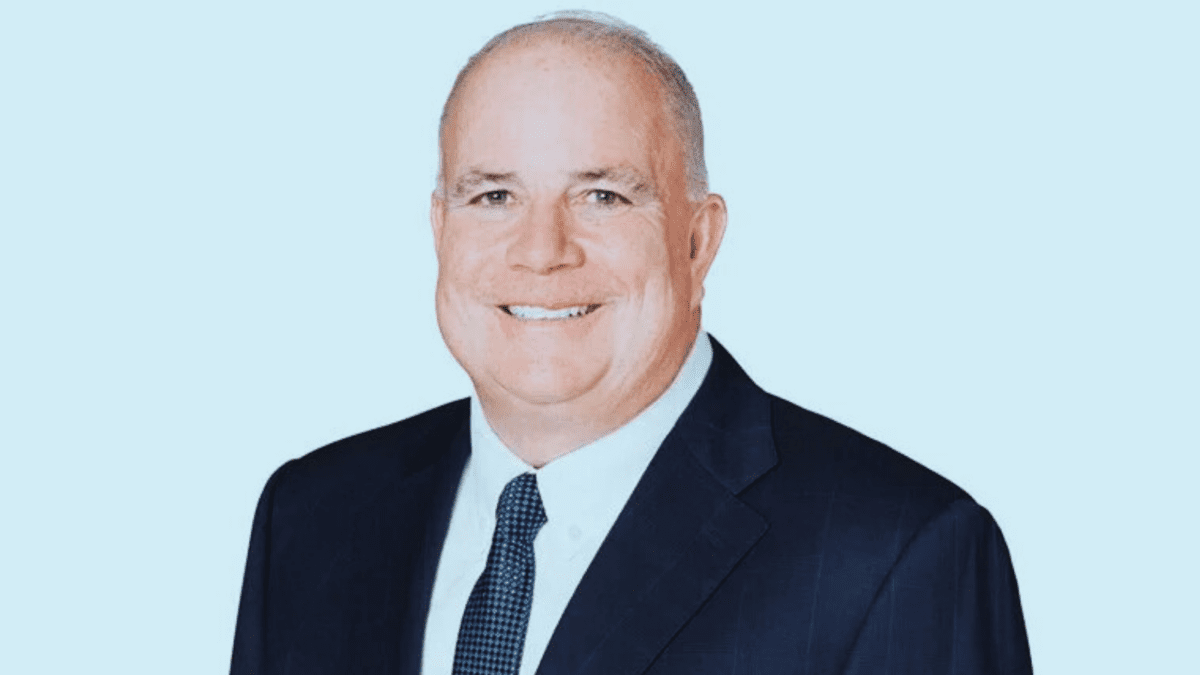Revisiting the investment case for Wesfarmers
Wesfarmers Ltd (ASX: WES) has long been admired for its track record of exceptional shareholder returns. If you invested $10,000 in 1984, it would be now worth $7.1 million compared to just $492,000 if invested in the index.

But with the Wesfarmers share price down 27% from its high, now is a good time to revisit the investment case for Australia’s largest conglomerate.
The most important financial metric
Wesfarmers doesn’t have flashy a mission statement. At face value it’s somewhat uninspiring:
“The primary objective of Wesfarmers is to provide a satisfactory return to shareholders… We measure our performance by comparing Wesfarmers‘ total shareholder return (TSR) against that achieved by the broader Australian market”.
This might sound obvious. Don’t all companies want to beat the benchmark? Yes and no.
Yes, all companies want to beat their listed peers. But it’s often not the primary objective, rather a consequence of running the respective business well.
To beat the benchmark, Wesfarmers has a rigorous focus on capital allocation, measured by return on capital (ROC).
Why is return on capital important? Charlie Munger explains it best:
“Over the long term, it’s hard for a stock to earn a much better return than the business which underlies it earns. If the business earns 6% on capital over 40 years and you hold it for that 40 years, you’re not going to make much different than a 6% return-even if you originally buy it at a huge discount. Conversely, if a business earns 18% on capital over 20 or 30 years, even if you pay an expensive looking price, you’ll end up with a fine result.”
Wesfarmers has excelled over time in managing high return on capital companies. Bunnings currently has a ROC of 79% while Officeworks is 20%.
The converse is also true. If a business isn’t meeting expectations, it will be sold.
For example, Coles Group Ltd (ASX: COL) was spun off in 2018 due in part to not consuming too much capital for the profit it was generating.
In summary, Wesfarmers investment discipline has what separated the company and its returns from the rest of the market.
Buyer beware
The conglomerate structure – where a parent company owns a variety of separately run subsidiaries – has been a feature of tremendous shareholder returns.
Warren Buffett and Charlie Munger’s Berkshire Hathaway is the most famous example.
Locally, Washington H. Soul Pattinson and Co. Ltd (ASX: SOL) springs to mind.
Conglomerates have historically been attractive for two reasons: the ability to borrow cheaply and multiple earnings streams.
Earnings are less susceptible to economic cycles, while banks are more comfortable lending to established companies.
But recently, the structure has fallen out of favour with investors.
What makes conglomerates great is also what makes them ugly. Management gets over-exuberant and borrows too much.
General Electric, the world’s biggest company in 2009, is now slitting in three due to in part over-borrowing.
Furthermore, underperforming divisions are masked by the top ones.
Johnson & Johnson is separating its consumer products business to shine a greater light on the higher growth pharmaceuticals divisions.
Finally, there’s less visibility over earnings, and very few know what’s going on under the hood.
To Wesfarmers credit, divisional reporting is clear and net debt is a very manageable $2.6 billion.
However Bunnings is a disproportionate 71% of earnings, which is subsidising the underperformance of divisions such as Kmart which has had profits halve since 2019.
Given the strong performance of Bunnings and subsequently the Wesfarmers share price, investors have been willing to forgive speed bumps in other divisions.
But if there was a housing or economic downturn, Bunnings earnings would be hit, placing greater criticism on the rest of Wesfarmers.
Where to next for Wesfarmers
The Wesfarmers share price is down to where it was two years ago when markets were grown in COVID-19 turmoil.
Usually, investors would usually be licking there lips at such an opportunity.
But analysts expect a 7.7% slow down of earnings in FY22 primarily due to the unwinding of pandemic induced spending.
In its latest half-year result, Wesfarmers also called out rising costs and increasing competition, impacting margins in the short term.
Positively, all broker estimates are above the current Wesfarmers share price, with a consensus estimate of $54.01.
With a 3.5% fully franked dividend yield and enviable history of outperformance, long-term investors can likely look through the near-term earnings hit.
However keep in mind the risks of conglomerates.
Specifically, Bunnings is the key driver of earnings, leaving Wesfarmers susceptible if it begins to underperform.










